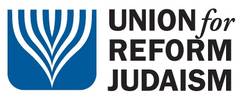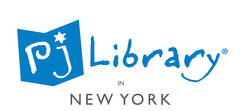- About Us
- Connect
- Learn
- Jewish Life
- Music
- Events
- Give
- Join Us
200. Interfaith Marriage – Part 2 - January 2, 2021
01/02/2021 03:33:28 PM
| Author | |
| Date Added | |
| Automatically create summary | |
| Summary |
Happy New Year and we are delighted to announce that this is the 200th episode of the Temple Israel of Northern Westchester Torah Study blog!
Two weeks ago, Rabbi Jaech focused on the part of the Joseph story from the book of Genesis where Joseph gets a wife. As you may recall, Joseph was the 11th son of our patriarch Jacob. Joseph was sold into slavery by his brothers and went to live in Egypt where, through a series of events, he rose to a position of prominence in Egypt and became the right-hand-man to Pharaoh. As part of Joseph’s rise, he was given a woman named Asenath as a wife. Asenath was the daughter of a priest from the polytheistic, Egyptian culture.
Joseph and Asenath had two sons: Manasseh and Ephraim. When our patriarch Jacob was on his deathbed, he claimed Joseph’s sons as his own. When Jacob died and his land was divided between the twelve tribes, two of the tribes were named for Manasseh and Ephraim.
At the time this story was written, the author had no qualms about having Joseph marry a woman outside the faith. Not only that, but that same woman gave birth to two people which tribes of Israel would be named after!
Although our own membership at Temple Israel at Northern Westchester is roughly 30% non-Jewish, many of us likely know people who think more traditionally than us, and they believe it is important that Jews marry the inside the faith. Although the author of the original Genesis story had no qualms about Joseph marrying outside the faith, we can see from writings by the early Rabbis that this was an issue they felt needed to be addressed.
After the Torah was canonized, roughly in the 3rd century BCE, people discussed the stories and realized that there were outstanding questions about the text. The early Rabbis were the learned men who offered their interpretations or explanations of the text, or they offered detail where they felt the story needed more. With what we might today consider a great deal of chutzpah, the early Rabbis claimed that these interpretations were passed down orally through the generations beginning with Moses.
Because the interpretations or explanations were not written, they were known as the Oral Torah, or Oral Law. In roughly the 2nd century CE, the Oral Torah was collecting into a text called the Mishnah. As time passed, further interpretations, commentary and explanations were given to address what was in the Mishnah. These were written in a text called the Gemara. Taken together, the Mishnah and the Gemara make the Talmud.
In the traditional Jewish world today, the Torah text and Talmud text are read seamlessly together – creating one big narrative. Commentaries on scripture that provide background to biblical text are referred to as midrash. There are midrash that have entered the public, Jewish consciousness and some of our members might be surprised to find that these midrash cannot actually be found in the Torah. For example, there is a midrash that, when Abraham was young, he smashed the idols in his father’s shop and blamed it on the idols fighting with each other. When Abraham’s father questioned how that could be possible, since they were just made of clay, Abraham pointed out that creating pieces of clay for people to worship is equally questionable. In more modern terms, it is like the story of George Washington cutting down the cherry tree. This story, which did not actually happen, is meant to give us insight into the upstanding character of our nation’s first president.
But... back to Joseph. As part of his story, when Joseph first arrived in Egypt he was a slave to a man named Potiphar. Potiphar’s wife tried to seduce Joseph and he denied her. The wife accused Joseph of rape and Joseph was thrown in jail. After he got out of jail and rose to a position of prominence in Pharaoh’s court, Joseph was given Asenath to marry, and we are told that her father’s name was Potiphera. This similarity in names between Potiphar and Potiphera gave the rabbis something interesting to work with.
One midrash goes back to Genesis 34 and the story we know as the Rape of Dina. Dina was a sister of Joseph. The story goes that she was raped by a non-Jew who then asked to marry her. Dina’s brothers were outraged by this violation and, in a calculated strategy, said that he could marry their sister only if he and all the men of his community were circumcised. When the men were recovering from the circumcision, Dina’s brothers went to the community and slaughtered them all. The midrash, as it relates to Joseph’s marriage, says that Dina had become pregnant through the rape and when she gave birth to a daughter, because the baby was a product of rape, that
daughter was abandoned under a tree. Then, an angel carried the daughter to Egypt, where she was adopted by Potiphar. That baby grew up to be Asenath. While this story means that Joseph married his niece, the benefit is that Joseph’s wife was actually of Jewish decent.
In another midrash, Asenath had witnessed her mother trying to seduce Joseph and then falsely accusing him of rape. This midrash claimed that Potiphar wanted to kill Joseph, but Asenath secretly told her father the truth, which saved Joseph’s life.
Another midrash looked at all the letters of Asenath’s name and claimed that they offer a clue that Asenath was pious and upright.
People who might have questioned how it could be all right for Joseph to marry a non-Jew, or for two of the Israelite tribes to be named after people whose mother was a non-Jew, these three midrash try to make Asenath an acceptable wife for Joseph:
-
The first creates a story where Asenath was not actually Egyptian.
-
The second claims that Asenath saved the life of Joseph.
-
The third claims, without detail that, as a pious and upright person it
is obvious that Asenath is the right match for Joseph.
Even today, it is common for people to sort other people, perhaps by gender or by race or by religion, or any number of other ways. This type of sorting is done, subconsciously or not, as a defensive mechanism and happens more obviously in situations when people feel threatened.
Some Jews feel threatened by interfaith marriage in the Jewish community. They may worry that the Jewish community will become assimilated and cease to exist. Rabbi Jaech disagrees with this notion. She believes that the greatest threat to our continuity as a people is not intermarriage, it is relevancy. Is the Judaism we practice today relevant to people? Does what we do, or what we offer to people, matter?
You can find our podcast on iTunes, Spotify or Amazon under “TINW Torah Study” or “Jennifer Jaech.” Subscribe and rate us!
misquotes or misunderstandings in what Rabbi Jaech taught us are the responsibility of Tara Keiter
Tue, April 30 2024
22 Nisan 5784
Temple israel Happenings
-
Wednesday ,
MayMay 1 , 2024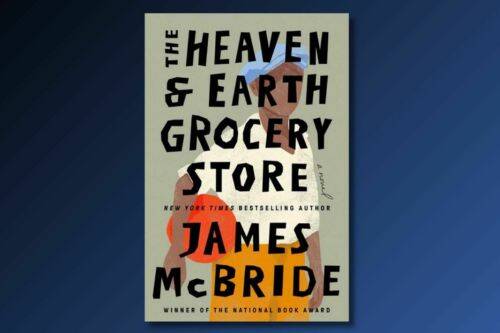 Sisterhood Book Club - Online
Sisterhood Book Club - Online
Wednesday, May 1st 7:30pm to 8:30pm
"Heaven and Earth Grocery Store" by James McBride -
Saturday ,
MayMay 4 , 2024 Meet Me at Jaech's Place: A Speakeasy at the Synagogue
Meet Me at Jaech's Place: A Speakeasy at the Synagogue
Shabbat, May 4th 7:00pm to 10:00pm
Live Jazz | Open Bar | Hot & Cold Buffet | 50/50 Raffle | Baskets of Booze Raffle | Special Commemorative Gift Attire: 1920s Period Dress Preferred. Tiered ticket pricing. RSVP by April 30. -
Sunday ,
MayMay 5 , 2024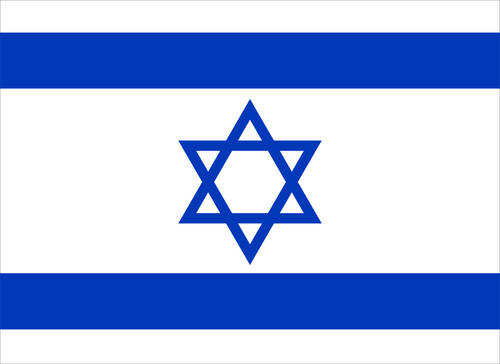 Israel Engagement committee meeting
Israel Engagement committee meeting
Sunday, May 5th 9:15am to 11:15am
The Israel Engagement Committee will meet to continue a discussion of the committee's main objectives and begin planning programs/discussions around Israel engagement. -
Sunday ,
MayMay 5 , 2024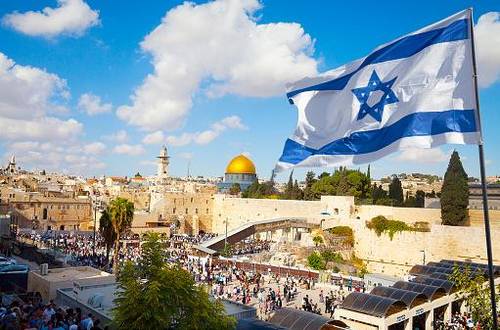 A First Hand Account of the War in Israel with Speaker
A First Hand Account of the War in Israel with Speaker
Sunday, May 5th 10:15am to 11:15am
Please join us for a conversation with Ido Yaaran, a young adult Israel emissary and IDF soldier. Ido was raised in Herzliya, Israel and came to the United States for a year of service to the Jewish community in 2019-2020 through the young emissary program of the Jewish Agency of Israel and the Jewish Federation of Fairfield County, Ct. Read more...
Events
Friday Night
: 5:30pm |
: 7:00pm |
| Candle Lighting : 7:38pm |
Shabbat Day
: 9:30am |
: 10:30am |
: 7:00pm |
Upcoming Programs & Events
May 1 |
May 1 Matt Mansfield Wednesday, May 1 7:30pm |
May 1 |
May 3 |
May 4 |
This week's Torah portion is Parashat Acharei Mot
| Shabbat, May 4 |
Candle Lighting
| Friday, May 3, 7:38pm |
Yom HaShoah
| Monday, May 6 |



